GDP: What Is It?
Define GDP, explain its components, and define per capita GDP
{{searchResultSnippet}}
 Back to All
Back to All
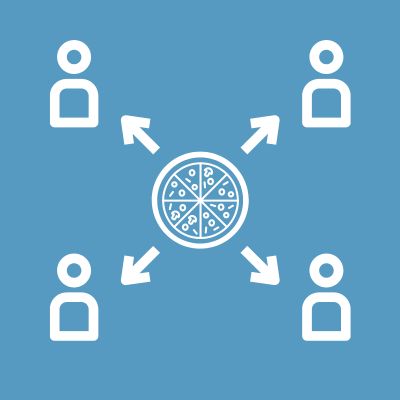
This video assignment explains the concept of potential output and why the economy might experience output gaps. It also explores how policymakers use the concept of potential output and output gaps to think about policy options.
While it might be tempting to think that the economy should grow at a very high rate all the time, the economy has limits to how fast it can grow – in other words, because economic resources are scarce, the economy has a potential growth rate.
Potential output is an estimate of what an economy could feasibly produce when it fully employs its available economic resources. The Congressional Budget Office (CBO) estimates potential output by estimating potential GDP, which it describes as "the economy's maximum sustainable output." Economists sometimes refer the economy’s potential growth rate as trend growth.
Of course, at any given time, there might be a difference between actual output and potential output. Although rare, it's possible for actual output to be higher than potential output – or above trend. It is far more common, though, for actual output to be lower than potential output – or below trend. The difference between actual output and potential output is called the output gap. The short-run fluctuations of actual output around potential output determine the business cycle—a term used to describe the fluctuating levels of economic activity in an economy over a period of time measured from the beginning of one recession to the beginning of the next.
Knowing the economy’s potential growth rate, or trend growth, is important because policymakers consider the output gap when determining whether the economy needs more or less stimulus. For example, when the economy is experiencing a negative output gap, meaning growth is below its trend the Federal Open Market Committee (FOMC) is likely to lower its target range for the federal funds rate to lower interest rates and ease financial conditions for consumers and businesses.
The goal is to keep the economy growing as close to trend as possible.
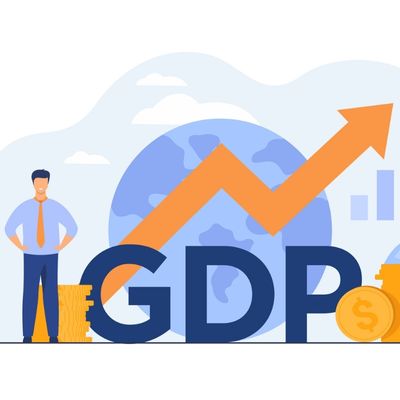
GDP: What Is It?
Define GDP, explain its components, and define per capita GDP
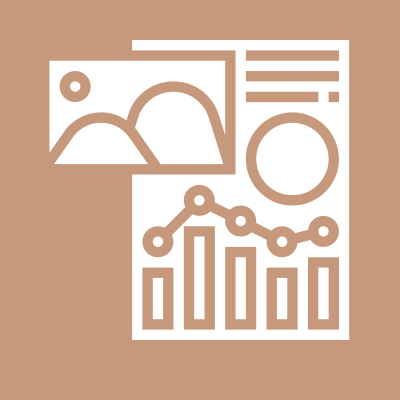
Gross Domestic Product
Visualize the components of Gross Domestic Product (GDP).
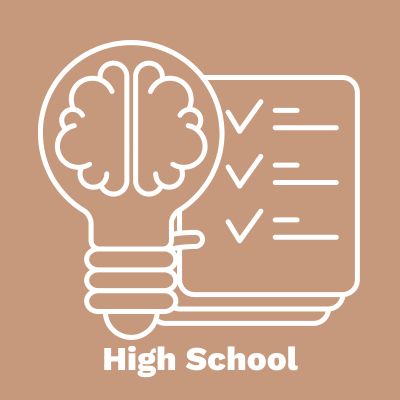
Analyzing the Elements of Real GDP in FRED Using Stacking Activity
Graph gross domestic product's (GDP) components over time.

Econ Lowdown Podcast Series
21 Economics audio assignments for your classroom
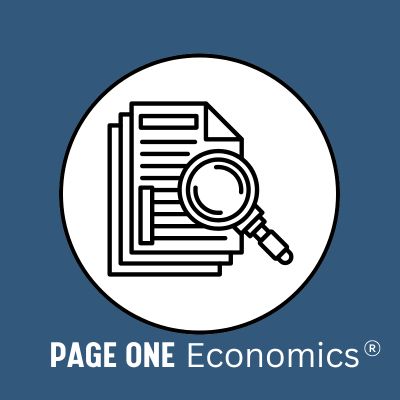
How Do Imports Affect GDP?
Learn how imports are calculated in GDP.

10 FRED Graph Activities in 10 Minutes
Learn about data through graphing activities.
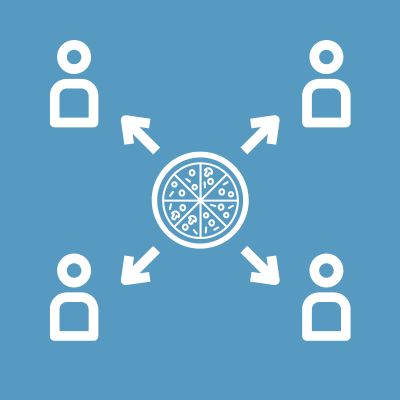
Definition of GDP
Provide a definition of GDP, what it measures, and how it is calculated.

The Components of GDP
Explore the expenditure approach that textbooks use to explain GDP.

Measuring Exports and Imports in GDP
Look at how imports and exports are counted in GDP.

Per Capita GDP
Provide students with an easy-to-understand definition of per capita GDP.

Real vs. Nominal GDP
Explain the difference between real and nominal GDP.

Levels of GDP vs. Percentage Change in GDP
Explain why economists prefer to discuss changes in GDP through percentages.

Automatic Stabilizers
Explain automatic stabilizers and how they help smooth the business cycle.
{{resourceTitle}}
{{resourceBlurb}}